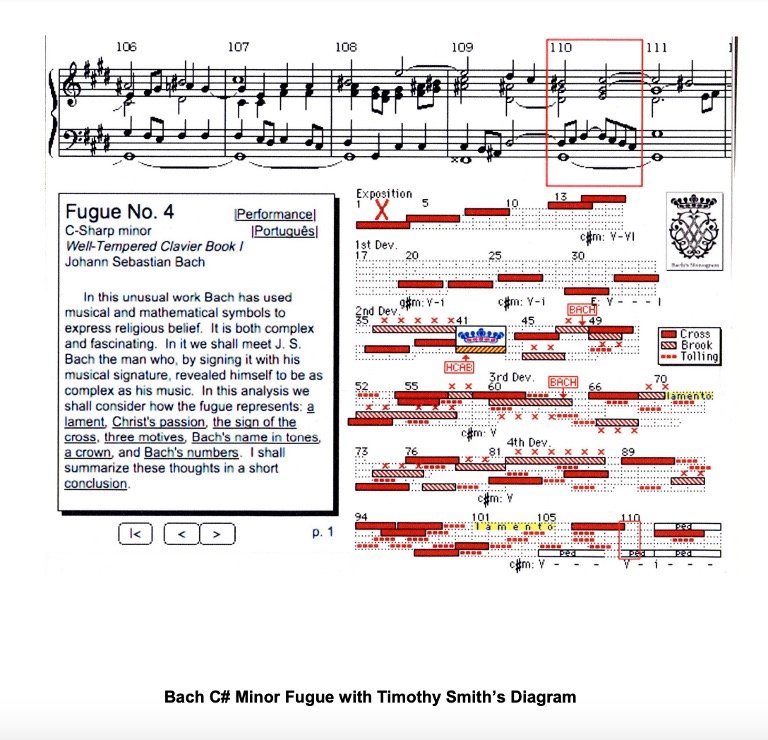There is in the morning services this moment
This physical postural change
Neither standing nor sitting
But a theatrical falling onto once’s face
It’s called tachanun.
After the conclusion of the Shacharit Amida, it is customary for men to “fall on their faces” and plead before God. By doing so, they fulfill the mitzva of prayer in all three of its positions – Birkhot Keri’at Shema while sitting, Shemoneh Esrei while standing, and Taĥanun (“Supplication”) while bending forward (“Nefilat Apayim”). We learn this from our teacher Moshe, who pleaded to God to forgive Israel following the sin of the Golden Calf.
Despite its great virtue, the Sages did not ordain Nefilat Apayim as an obligatory prayer or fix its wording. Anyone who wished would add prayers of supplication while lying prostrate after reciting the Amida. Perhaps specifically because of its superior value – its expression of total submission to the Creator – it is fitting that it comes from the heart, from one’s unguarded resolve.
I fall on my non-Tefillin arm by Tachanun
The penitential confession of symbolic prostration
Burying my head in my right arm
I utter the words of penitence,
וַיֹּֽאמֶר דָּוִד אֶל־גָּד צַר־לִי מְאֹד נִפְּ֒לָה־נָּא בְיַד־יְהֹוָה כִּי־רַבִּים רַחֲמָיו וּבְ֒יַד־אָדָם אַל־אֶפֹּֽלָה
But my fallen head feels a kind of petit morte.
(Like the holy Ari suggests),
The lowest point of the service (at least physically)
And with the lowered head, the broken heart follows,
Pierced by a thousand betrayals, lies and deceits.
Then we arise to complete the davening
עָלֵֽינוּ לְשַׁבֵּֽחַ לַאֲדוֹן הַכֹּל
Swaying to recover the broken soul.
This davening seems like a sacred symphony of sorts, (or maybe a requiem?)
Each Tachanun a preparation
Each נִפְּ֒לָה־נָּא
A request to become an expert in nefilah,
Each falling a prescient training for the final irreversible fall
Into the grave.
The daily falling a ritual sacred practice of mindful dying.
וְעַל־כֵּן כְּשֶׁאָדָם נוֹפֵל, חַס וְשָׁלוֹם, לִבְחִינַת מְקוֹמוֹת אֵלּוּ, דְּהַיְנוּ לִבְחִינַת מְקוֹמוֹת הַמְטֻנָּפִים, וְנוֹפֵל לִסְפֵקוֹת וְהִרְהוּרִים וּבִלְבּוּלִים גְּדוֹלִים, וַאֲזַי מַתְחִיל לְהִסְתַּכֵּל עַל עַצְמוֹ
“Therefore, when a person falls into places of this sort, God forbid—i.e., into the “filthy places,” falling into doubts, heresy and great confusion—if he then begins examining himself and sees that he is very far from God’s glory—and as a consequence of his seeing himself far from His glory, having fallen into such places,”
Likutei Mehoran 12
Davening as Requiem
If tachanun pulls me down, down, where are the highs of this daily symphony?
Start with the initial birchat hashachar as the prelude/introit.
It’s wakeup blessings reminding us to acknowledge the miracle of awakening, opening the yes, feet on the ground, belting up, then the ultimate existential question (so soon after brushing my teeth?)
אֱלֹהַי נְשָׁמָה שֶׁנָּתַֽתָּ בִּי טְהוֹרָה הִיא
Who is this בִּי this receptacle that houses the נְשָׁמָה ?
Next comes the Kyrie with Pesukei dezimra
and the Psalmists in praising the divine,
A mellifluous group of levitical songs imagined on the steps of the Temple..
Which brings us to the Gloria/Offertory of the doxological Shema surrounded by its blessings a fore and aft, maybe (this cry traditionally prior to martyrdom), is embedded in the mystical joy of this daily pilgrimage.
And immediately followed by the deafening silence of the Amidah
The pause in the oratorio where the deafening silence in a sea of fellow worshippers binds us all more than the cacophony of individual supplications. In this silence the logorrhea ceases for a while and lips continue to mouth words inaudibly.
In the silence I am present to the grief within my sternum, and giving it space, in the silence I can almost hear the little boy crying once again, the sensation of powerlessness in the face of unjust punishment, and the rage of adults venting uncontrollably.
In this space the silent presence of Shechina
is also felt as awe pervades the shul.
The reader now begins the public amidah followed by the Sanctus of Kaddish… the angelic chorus teaching us how they praise the divine…
Which brings us back to the Confiteor of tachanun and the falling falling, through death, through the grave, through the dark night of the soul into the arms of …
“Lose yourself,
Lose yourself in this love.
When you lose yourself in this love,
you will find everything.
Lose yourself,
Lose yourself.
Do not fear this loss,
For you will rise from the earth
and embrace the endless heavens.
(Rumi chides us….)
Finally, we arise to end with Aleinu Leshabeach עָלֵֽינוּ לְשַׁבֵּֽחַ לַאֲדוֹן.
Ite missa est…
I imagine the contours of this symphonic work, its cadences, rises and falls as an orchestral score, and each section a different color,
And on different days in different keys,
Although today I prefer C# minor, Bach’s sacerdotal key,
With its foreboding tones
The entire oratorio an act of surrender and submission,
an admission of man’s inability to have conquered the inner snake,
That the experiment of human history only produced
more and more technological innovations to mass murder and genocide.
A prayer for acceptance of these facts and a surrender
to the very setup that placed in the Garden…
The initial awakening, the profession of faith,
the highs of the silent prayer followed by the
inevitable fall (from grace) in Tachanun,
and resurrection in Aleinu forms the contours of this composition.
I rise and fall with the sections, like the music of the oratorio,
like my biography, a palimpsest of human brokenness before me.
I imagine davening on the organ of Kings College Cambridge,
with the puny altar boys in their white levitical uniforms, and falsetto voices,
positing the grandeur of the cathedral and vulnerable vocal cords
that will soon break in their testosterone rush.
Each day another matin, each day the cycle of surrender
needed to break the serpentine darkness within.
R. Bachayei.



